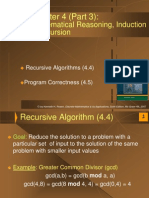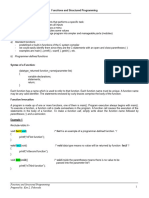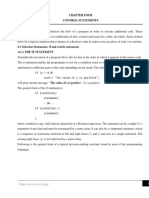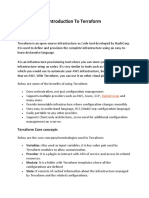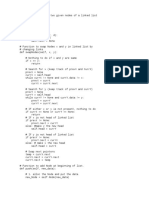0% found this document useful (0 votes)
31 views28 pagesComputer Project
The document contains multiple Java programs for handling square matrices and strings. Each program includes user input validation, matrix operations such as displaying, mirroring, rotating, checking symmetry, and calculating diagonal sums, as well as string manipulation tasks like removing extra spaces and deleting words. The programs are structured with clear steps and comments for easy understanding.
Uploaded by
mandsaurwalam6Copyright
© © All Rights Reserved
We take content rights seriously. If you suspect this is your content, claim it here.
Available Formats
Download as PDF, TXT or read online on Scribd
0% found this document useful (0 votes)
31 views28 pagesComputer Project
The document contains multiple Java programs for handling square matrices and strings. Each program includes user input validation, matrix operations such as displaying, mirroring, rotating, checking symmetry, and calculating diagonal sums, as well as string manipulation tasks like removing extra spaces and deleting words. The programs are structured with clear steps and comments for easy understanding.
Uploaded by
mandsaurwalam6Copyright
© © All Rights Reserved
We take content rights seriously. If you suspect this is your content, claim it here.
Available Formats
Download as PDF, TXT or read online on Scribd
/ 28
You might also like
- No ratings yetWrite a program to declare a Square Matrixx, a [][] order m*n where m is the number of rows and n is the number of columns such that m and n both must be greater than 2 and less than 10 . Accept the value of ‘m’ and ‘n’ as user input and perform the following task. Display the original Matrixx. Sort each column of the matrix in ascending order using selection sort technique. Play the changed Matrixx after sorting each row.3 pages




























































